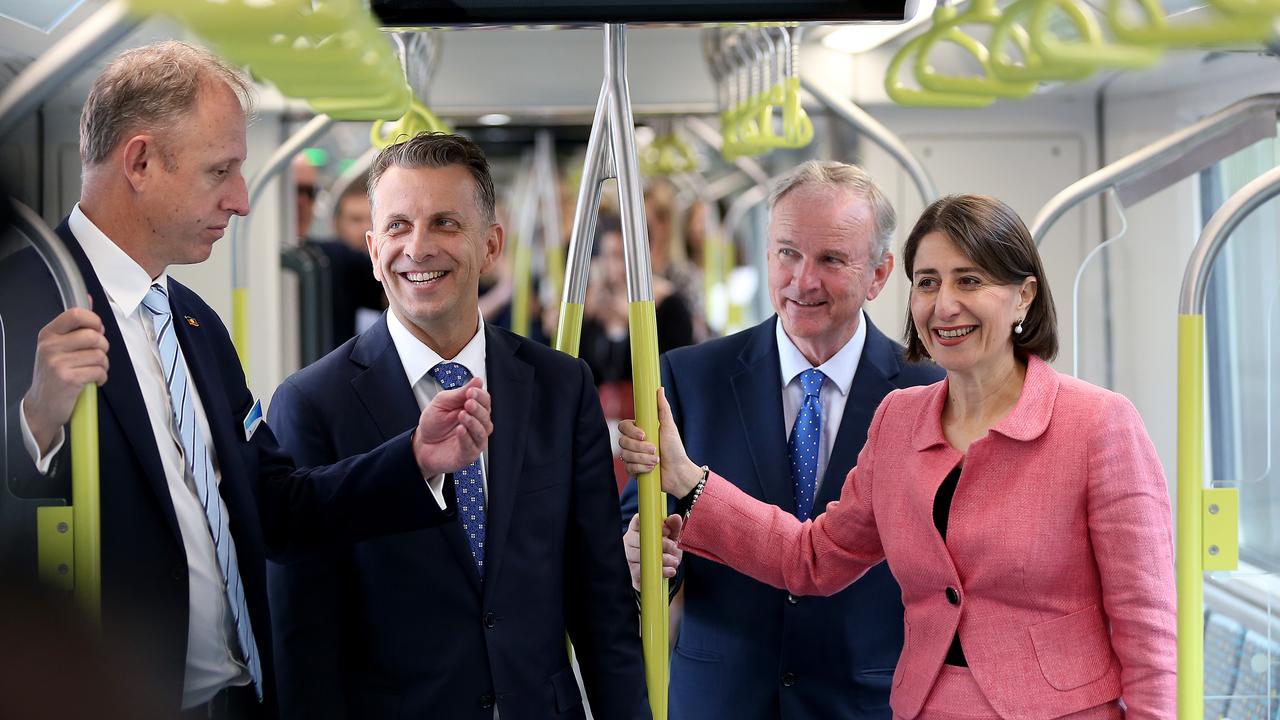Victorian budget 2018: public sector wage bill on track to $25bn
Victoria’s public sector wages bill will jump 11.2 per cent next financial year to more than $25.5 billion.
Victoria’s public-sector wages bill will jump 11.2 per cent next financial year to more than $25.5 billion, with the Andrews government blowing out last year’s forecasts by $1.5bn to fund pay rises and more staff as it fights to be returned at the November state election.
The wages surge, revealed in yesterday’s 2018-19 budget, came as Treasurer Tim Pallas hailed a $828 million training and skills package, including $172m to make 30 priority TAFE and 18 pre-apprenticeship courses free, as the single biggest funding injection in the state’s TAFE system since its inception in the 1970s.
Stamp duty revenue is tipped to grow by 3.8 per cent to $7.1bn next financial year to almost one-third of the government’s $24bn annual tax take, increasing by 3.2 per cent a year on average over the forward estimates.
Mr Pallas defended the public-sector wages bill after the budget papers showed government employee expenses were forecast to rise from $22.98bn this financial year to $25.56bn by June 30 next year. Employee expenses are forecast to grow further over the forward estimates, to $27.3bn by June 2021, more than $2bn more than last year’s estimate of $25.3bn.
The figures do not include the annual estimated $3bn-plus cost of superannuation.
The TAFE spending came as a new pay deal was stuck with the Australian Education Union that delivers a wage increase for TAFE teachers of 23.7 per cent over four years and 20 days’ paid domestic violence leave.
Seven months out from the election, Mr Pallas moved to shore up the government’s position with a raft of spending initiatives including a $705m mental health treatment package, $1.3bn on schools, $3.3bn on healthcare and hospital upgrades, and $2.2bn to upgrade suburban roads.
Hailing Victoria as the “engine room” of the nation’s economy, Mr Pallas highlighted figures showing the state economy grew 3.3 per cent last financial year.
The budget surplus was tipped to be $2bn, up from $1.2bn forecast in last year’s budget, before falling to $1.4bn in 2018-19.
Employment growth is forecast to be above previous estimates but the jobless rate is tipped to be above last year’s estimate.
Under the TAFE deal, sector teachers will receive an initial 5.4 per cent increase followed by a 2.7 per cent rises every six months until 2021. The deal, announced by the union while journalists were in the budget lock-up, introduces a new conversion clause that will result in significant numbers of casual and fixed-term employees being converted to more secure employment. It includes 20 days’ family violence leave, double the amount promised by Bill Shorten if Labor wins the federal election.
The agreement increases the spread of hours that TAFEs can operate but teachers will be compensated with a cut to their annual teaching hours for working “unsociable hours”.
“This is a massive win,’’ AEU Victorian president Meredith Peace said. “Victoria’s TAFE teachers will go from being the lowest paid to the highest paid in the country.”
Mr Pallas said the public-sector wage spending was about “providing services to a growing population”.
Opposition Treasury spokesman Michael O’Brien accused the government of special treatment for Labor’s “union mates”.
Community and Public Sector Union state secretary Karen Batt hailed the budget as a “hamburger with the lot, plus pineapple, avo and extra cheese”.




To join the conversation, please log in. Don't have an account? Register
Join the conversation, you are commenting as Logout